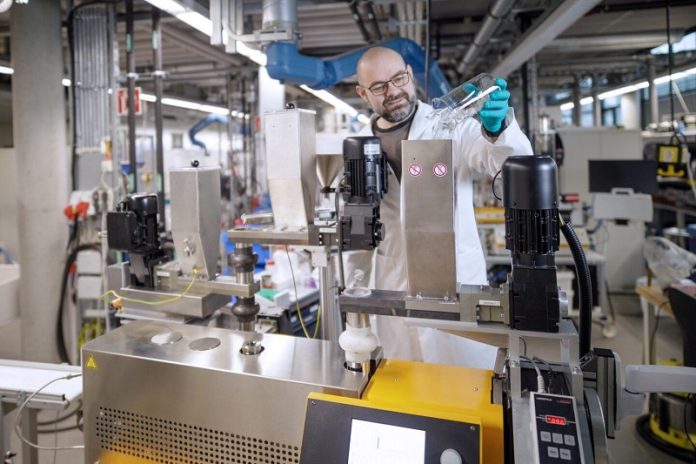
In Germany, about 5.6 million tons of plastic packaging are thrown away every year after just one use.
Sadly, less than a third of this plastic is recycled.
Now, scientists from Hochschule Bremen – City University of Applied Sciences and the Fraunhofer Institute for Manufacturing Technology and Advanced Materials (IFAM) have come up with a new idea: turning plastic waste into high-quality 3D-printed products.
Plastic waste has tripled in Germany over the past 30 years, with packaging being the biggest contributor.
Most of this waste is made from crude oil and is thrown out after just one use. Recycling this kind of plastic from homes is difficult because it’s often dirty and mixed with many different types of materials.
Despite this challenge, the research teams are working together to turn household plastic waste into a useful material for 3D printing, a process known as additive manufacturing. The goal is to close the production loop and help the environment by reusing plastic.
To do this, they focused on a common plastic called polypropylene, collected from a sorting facility. The team at Hochschule Bremen first cleaned and sorted the plastic to make it as pure as possible.
They ground up the plastic, washed it, and used a float-sink method to separate unwanted materials. Then, they used near-infrared light to detect and remove any leftover plastic types that didn’t belong. In the end, they reached a purity level of over 99.8%.
After that, Fraunhofer IFAM took the cleaned plastic and melted it down using an industrial machine called an extruder. This machine heats the plastic above 200°C and forms it into long, round strands.
These strands need to be smooth, even, and just the right size—about two millimeters thick—to work properly in a 3D printer.
The result? A gray plastic filament that can be used directly in a standard 3D printer. The team has already printed their first small products, like caps.
The project proved that it’s possible to make clean, high-quality 3D printing material from everyday plastic waste. Next, the researchers want to improve the process and explore new ideas—like adding glass fibers to make even stronger materials for cars and airplanes.
This research also supports upcoming EU rules that require packaging to contain more recycled material—up to 65% by 2035.
“Increasing the use of recycled materials is key,” says Professor Silke Eckardt. “It helps us protect the climate and use resources more wisely.” Dr. Dirk Godlinski adds, “The more we recycle, the more energy and materials we save.”



